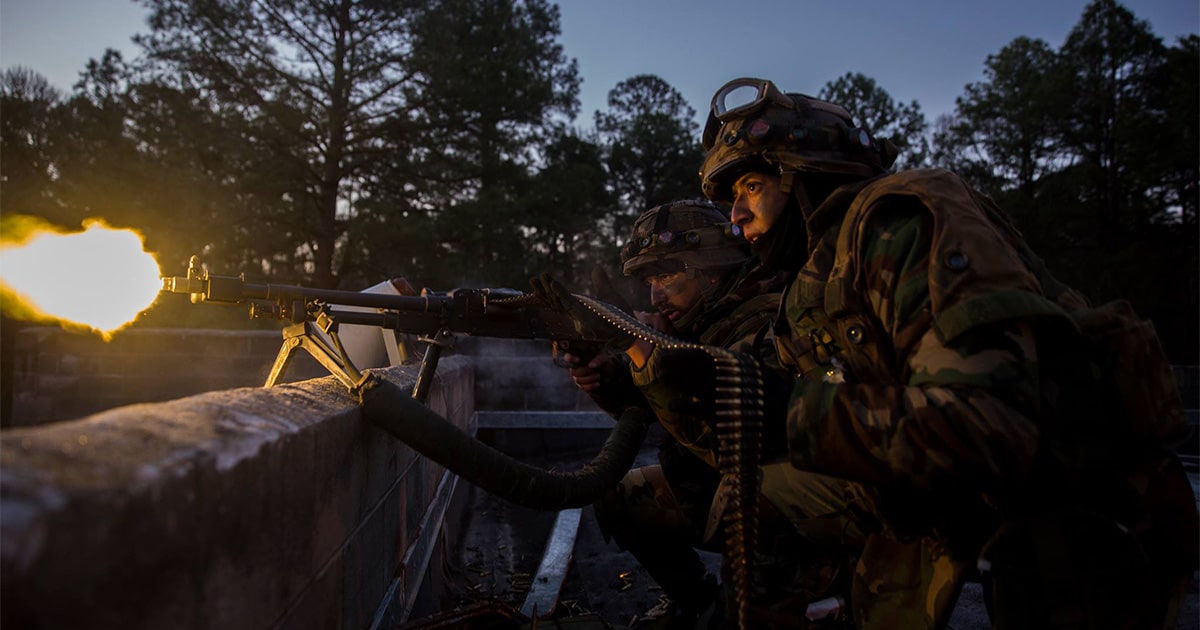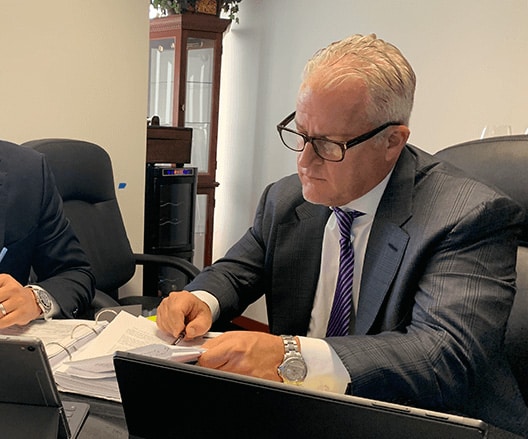INDIANAPOLIS — Jennifer Plank-Greer was standing 150 feet away taking cellphone videos of a man about to fire a rifle at a target.
He pulled the trigger. The refrigerator, the target, exploded. People began screaming.
Plank-Greer glanced down at the hand that had been holding the cellphone and it was nearly gone, with only a portion of her skin intact.
An exploding compound that had been placed inside the refrigerator had detonated at a high velocity, sending metal fragments in her direction and almost severing her right hand.
The accident more than two years ago in rural Celina, Ohio, has prompted her civil lawsuit against the manufacturer and distributor of the exploding compound, commonly used for target-shooting purposes by gun enthusiasts. It also has raised safety concerns among law-enforcement officials and at least one Indiana lawmaker who has pushed for legislation to limit public access to such products.
Currently in Indiana, anyone can buy exploding compounds, more commonly known as exploding rifle targets. They’re relatively inexpensive and are mostly sold online through manufacturers’ or distributors’ websites. A YouTube search yields numerous videos of people using the product for recreational purposes.
If Plank-Greer, who’s originally from Knightstown, had her way, that wouldn’t be the case. Since her accident, she has advocated for more restrictions on who can and can’t buy the product.
“This product doesn’t need to be on the shelf,” said Plank-Greer, 38, who had gone through 16 surgical procedures to reattach her hand. “I was just a spectator. Even those who shoot at it, they don’t know what’s going to fly where.”
A regulation loophole?
Federal law does not regulate exploding rifle targets.
That’s because the product is sold and marketed as two separate binary components, ammonium nitrate and aluminum powder, neither of which are explosive by themselves. Those who buy the products must first mix the components before they become an explosive. That’s a loophole in federal regulation, said attorney Chris Stevenson, who represents Plank-Greer in the lawsuit.
“The issue here is that technically, this product isn’t an explosive until it is mixed together by the consumer,” said Stevenson, a personal injury lawyer for Indianapolis-based Wilson Kehoe Winingham. “So it’s not really an explosive, even if it’s packaged together and sold as an explosive. Federal law says it’s not.”
he only time federal regulations apply is when people mix the components and store them overnight, said Suzanne Dabkowski, a spokeswoman for the Bureau of Alcohol, Tobacco, Firearms and Explosives in Columbus, Ohio. However, most people who buy the product, mix the components and use the explosive immediately.
Stevenson said Indiana has to have some restrictions on who can buy exploding rifle targets.
“It’s a product that can potentially be very dangerous,” he said. “To think that a teenager can go in and purchase this without any checks, that’s troubling. If a felon can go and purchase this without any check, that’s a problem and an issue.”
Sgt. Ron Humbert, a member of the Indianapolis Metropolitan Police Department’s bomb squad, agrees and thinks exploding rifle targets pose enough of a safety and security concern that access to them should be limited to law enforcement and to those with an explosive license. He said a few ounces of the mixed product probably has the same damage capacity as half a stick of dynamite.
Exploding rifle targets also have caught the attention of the FBI. In March 2013, the agency wrote on its intelligence bulletin that such products can be used “for illicit purposes by criminals and extremists.”
Some oppose restrictions
And they also have caught the eye of state Sen. Jim Merritt, R-Indianapolis, who in early 2013 introduced a bill that would limit the sale of the products to those who are 18 and older.
“What I was proposing is that this is a product you don’t want to ban,” he said. “You want to make it difficult for those under 18 to obtain it. Doing that would be putting it behind the counter and asking for identification when an individual purchases it.”
The bill died because the legislature did not see a widespread need to regulate the substance. Merritt said some of his peers saw the bill as a solution to a problem that doesn’t exist. He said he plans to reintroduce the same bill later this year.
Restrictions on exploding targets already are in place in some states.
Last year, the U.S. Forest Service banned exploding targets on its property in Colorado, Wyoming, South Dakota, Nebraska and Kansas. Earlier this year, Maryland approved a bill that limits buying, manufacturing or carrying exploding targets only to those with explosive licenses.
Dan Tanner, CEO of Oregon-based Tannerite Sports, which manufactures exploding targets, called further restrictions “ridiculous,” considering the fact that a person must legally own a firearm to shoot — and explode — such targets.
Tanner said his company already has a self-imposed age restriction of 18 on who can buy Tannerite, which has more restrictions than over-the-counter black powder explosives. He added there are no safety risks if the products are used properly as instructed on the label. He also disagreed that a loophole in federal regulation exists.
“There’s no loophole at all. It’s called the law,” he said. “Tannerite is specifically allowed by law and always has been. You can bet that if Tannerite was dangerous, it would have been restricted 20 years ago.”
Tanner said that while he agrees that combinations of the binary compounds could be used by a criminal to hurt someone, Tannerite is safer because “unlike many other targets, it can’t be lit with flame or fuse” and requires a rifle bullet to detonate it.
Tannerite and H2 Targets, which is manufactured by Ohio-based H2 Targets, are the most popular brands of exploding targets.
H2 Targets is one of the defendants in Plank-Greer’s pending lawsuit, along with Big Buck’s Firearms & Sporting Goods Inc., which distributes the product, and the owner of the Celina, Ohio, property where she was injured.
Long-term damage
Except for being able to wiggle her thumb, Plank-Greer said she has lost the function of her right hand.
Since the accident, she said she’s had to learn how to write with her left hand and needed assistance with basic household chores. Even the most mundane tasks, such as starting a car or buttoning her pants, have become difficult. She said she also lost her job months after the accident because she couldn’t perform simple tasks.
Last summer, Plank-Greer moved to Bradenton, Fla., because the cold weather in Indiana is too painful for her hand.
Her lawsuit, which was filed in 2012 in the U.S District Court for the Northern District of Ohio, alleges H2 Targets’ products were defective in design and that both the manufacturer and distributor failed to provide adequate instructions and warnings. It also alleges negligence on the part of James Yaney Jr., who owns the property where the accident occurred.
James Thieman, attorney for H2 Targets, said the plaintiff assumed the risk of injury while she was watching the shooting activities. Attorneys for Big Buck’s and Yaney did not return a phone call seeking comment.
Plank-Greer seeks compensation for damages and cost of surgical procedures.


























